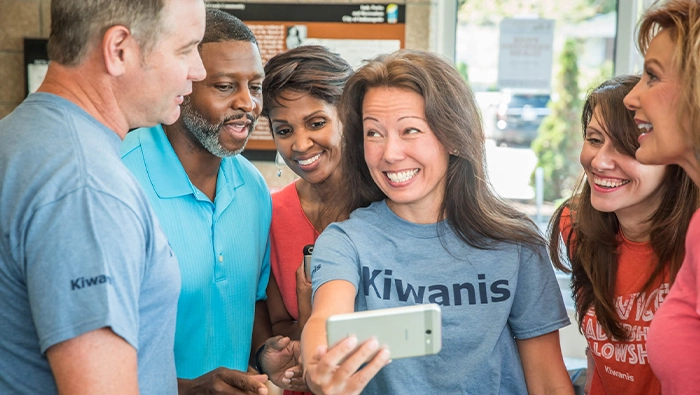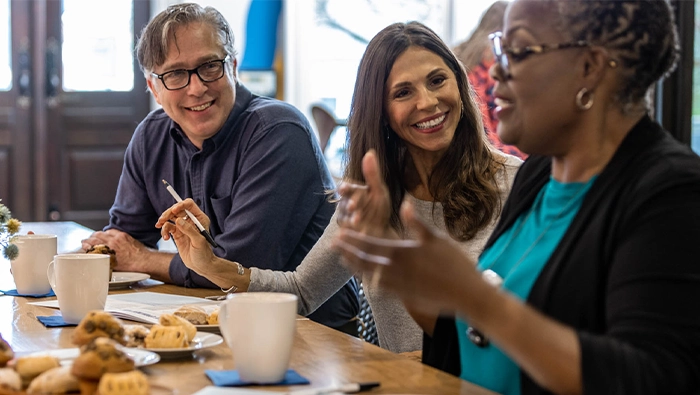
Telling your club’s Kiwanis story
There are many ways to show how your club serves kids — and we have resources to help.
By Tony Knoderer
Facts and figures have their uses. But when it comes to showing what it’s like to be a Kiwanis member, you can’t beat the simple act of sharing the experience. Every time you do, you’re telling a story about what Kiwanis service means — to the kids who benefit from it and the members who provide it.
In fact, storytelling is the most effective way to inspire and inform people. But what does it mean to tell your Kiwanis club’s story?
It happens whenever you help people understand what Kiwanis is like — when you talk about your club with another person or in a presentation to a group or community leader, but also when you’re simply sharing photos of a service project on social media.
It’s important — and that’s why Kiwanis International has resources to help. Check out “Tips and Tools to Tell the Kiwanis Story,” our downloadable booklet with best practices for everything from messaging and public relations to photography, social media and more.
It’s just one of the resources we make available on our branding and marketing webpage.
Remember: Whenever you communicate about your club and its service with people outside Kiwanis, you’re telling the Kiwanis story. And it’s the kind of story people want to be part of — because it’s about changing children’s lives, improving communities and giving members a sense of fellowship.


